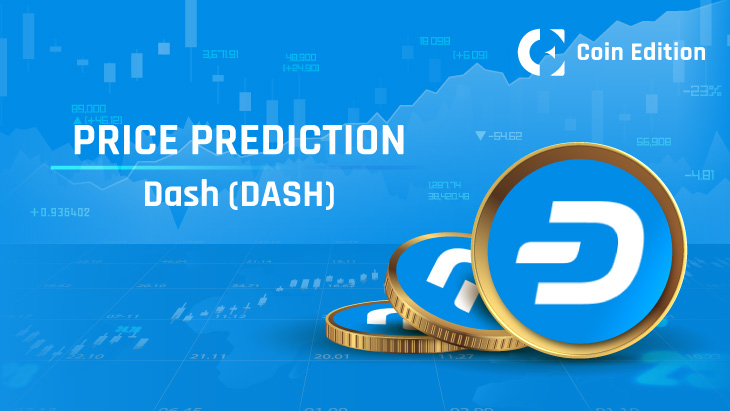Many blockchain and cryptocurrency users are interested in Solana’s growth. But while reputable developers are building on the scalability-focused blockchain, crypto scammers are taking advantage of new users to exploit them.
Phishing scams and rug pulls are common on the Solana network, with bad developers creating crypto solutions to steal from the unsuspecting public. So, people in the Solana community need to know how to tell the difference between genuine blockchain solutions and scams.
Even though users are more aware of phishing scams and how to avoid them, crypto thieves have found more sophisticated ways of stealing money without extended interaction. For instance, a Solana user said he was exploited by simply clicking a link in an X post. The user said that the scammer was able to access his wallet and withdraw his tokens without needing any authorization.
So, crypto users using blockchain networks like Solana need to know how to avoid scammers and take advantage of the growing opportunities in the Solana blockchain ecosystem. Blockchain users, especially those familiar with the Ethereum Virtual Machine (EVM), need to understand the difference when using the Solana network. Using the same ideas from the EVM could make Solana users vulnerable to hacks.
Differentiating Between Authorization and Signature
One way to avoid scams and exploits on the Solana network is to know the difference between authorization and signature. If you’re a Solana network user, it’s important to understand and use these critical features during transactions. Authorization applies to tokens and NFTs, giving permission to specific addresses to interact with particular tokens.
Meanwhile, the Solana network uses signatures when sending transactions and signing messages to prove account ownership. It is like the authorized signature used to confirm operations in the real world. A signature may include authorization, but authorization requires a signature to be completed. So, the signature is the final layer of security on the Solana network.
Differentiating Between Solana and EVM
Because EVM is popular and users might think blockchain protocols work the same way, it is important to understand the differences between Solana’s operations and how the EVM works. Unlike the EVM, transactions on Solana do not require prior authorization.
With the EVM, phishing contracts need users’ authorization before they can transfer tokens. This authorization allows them to initiate transactions and steal assets from users. The “approve” step, which is often mistaken for token authorization, actually lets transactions go through. This exposes users’ assets to exploitation and makes it hard to recover them.
So, to avoid phishing attacks on the Solana network, users need to understand these steps and how they are different from the EVM.
How to Prevent Scams on Solana
Use the Wallet Transaction Simulation Feature
Every Solana token has a specific account with ownership attributes, which, by default, is the current wallet owner. One thing hackers do is get users to transfer the token account ownership to their wallets. When this happens, the user loses control, and the tokens are stolen.
Using transaction simulation features allows users to review transactions before they are completed. That way, the wallets can find and alert users to risky transactions, requiring a second confirmation.
Avoid Multiple Token Transfers
Although Solana lets you package multiple token transfers into one transaction, it could be risky. While it’s convenient, this feature, if not used carefully, could allow hackers to steal all of a user’s assets in a single transaction.
You should check every transaction carefully to ensure it doesn’t contain multiple tokens. It might be a bit inconvenient, but it’s better to be safe than sorry.
Pay Attention to Fraudulent Transaction Signatures
Solana has a feature called Durable Nonce. This feature lets you sign and broadcast a transaction in the future. It is one of Solana’s features designed to make blockchain transactions more flexible and convenient. However, hackers have found ways to trick Solana users into signing transactions that look safe.
With this exploit, the hackers wait after getting the signatures, then upgrade the contract with malicious code before broadcasting the transaction to transfer assets to their wallet. This means users might find that money is missing from their wallets several days after they made a transaction.
To avoid the Fraudulent Transaction Signature exploit, don’t sign unclear transactions you do not fully understand. Use simulation tools to check the risks of transactions before signing them. You could also use a hardware wallet to store your assets, which would let you add an extra confirmation layer to your transactions.
Conclusion
There are many tokens on the Solana network, all using the blockchain’s SPL token standard. Solana’s scalability, among other qualities, has attracted developers who are building different categories of blockchain projects on the network. The number of tokens and how new they are make it hard for traders to tell the difference between genuine and fake projects.
If you’re a trader or an investor, it is safer to focus on SPL tokens on reputable exchanges, especially those that have become popular and are backed by well-known teams in the blockchain sector. Projects like Fantom (FTM), Raydium (RAY), and Jito (JTO) are some of the well-known inventions on the Solana blockchain. But there are also thousands more projects, including memecoins, doing well on the network and offering users significant profit-making opportunities.
Disclaimer: The information presented in this article is for informational and educational purposes only. The article does not constitute financial advice or advice of any kind. Coin Edition is not responsible for any losses incurred as a result of the utilization of content, products, or services mentioned. Readers are advised to exercise caution before taking any action related to the company.







